What is breast cancer?
Breast cancer is a phenomenon in which mammary epithelial cells proliferate uncontrollably under the action of multiple carcinogenic factors. In the early stages of the disease, symptoms such as breast lumps, nipple discharge, and enlarged axillary lymph nodes often occur. In the late stages, cancer cells may metastasize to distant sites, leading to multi-organ lesions and directly threatening the patient's life.
Learn more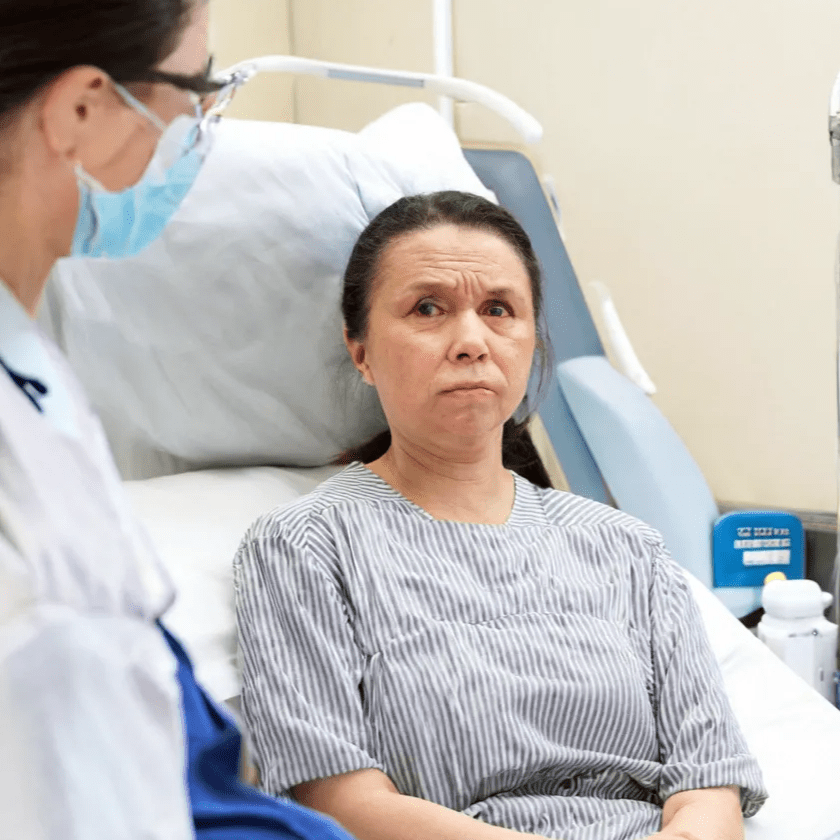
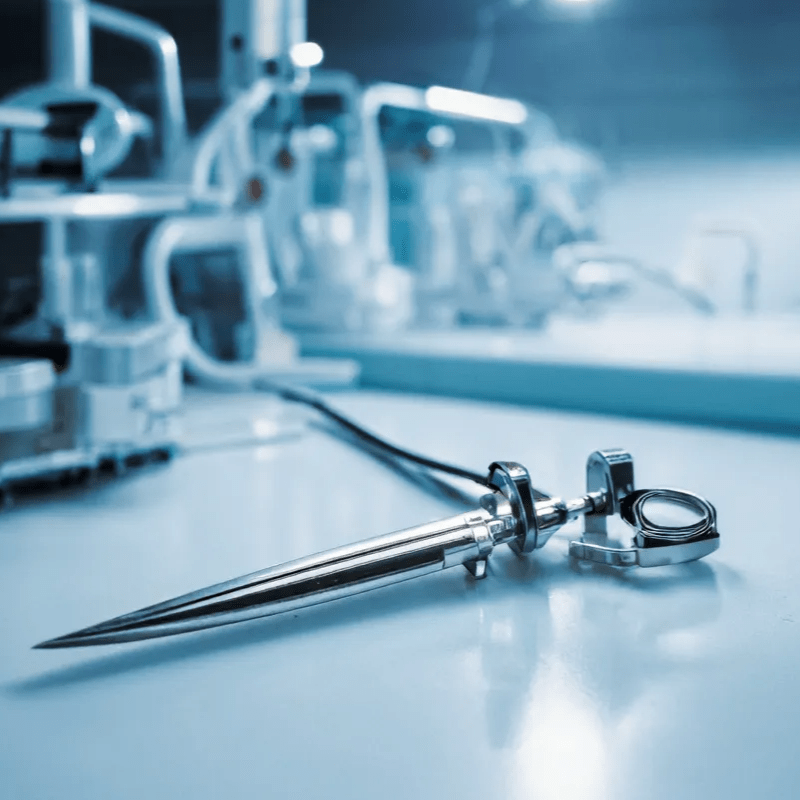
What is the cause of breast cancer
The breast is the target organ of many endocrine hormones, among which estrone and
estradiol are directly related to the incidence of breast cancer. Early menarche (
<12 years old), late menopause (>55 years old), infertility and late first
childbirth (>30 years old), short breastfeeding time, estrogen replacement
therapy after menopause, etc. can increase or prolong the exposure of estrogen
in the body and are closely related to the incidence of breast cancer.
Typical symptoms of breast cancer
Early symptoms
The symptoms of early breast cancer are mostly not obvious and are often dominated by local symptoms such as breast lumps, breast skin abnormalities, nipple discharge, nipple or areola abnormalities, etc., which are very easy to ignore because of the inconspicuous manifestations.
Breast lumps
Breast lumps are the most common symptom of early breast cancer. The breast is divided into cross sections, and the lumps are often located at the outer upper limit. They are mostly unilateral and single, hard, with irregular edges, and the surface is not smooth, and it is not easy to be pushed. Most breast cancers are painless lumps, and a few cases are accompanied by varying degrees of dull pain or tingling.
Breast skin abnormalities
Breast lumps are often easy to invade the surrounding local tissues, which makes a variety of signs appear. When the lump invades the ligament between the gland and the skin, it can pull the skin to form a depression, like a dimple, so it is called the "dimple sign".
Nipple or areola abnormalities
When a lump invades the nipple or the area below the areola, the nipple may be pulled, causing it to sink, deflect, or even completely retract behind the areola. Special types of breast cancer, such as eczematoid nipple cancer, may cause itching of the nipple, areola, and surrounding skin on one side, with a red patchy eczema-like appearance, and the surface may have exudative scabs or keratinized desquamation. In severe cases, ulcers may form.
Disease Distinction
Breast cancer needs to be differentiated from benign diseases such as breast fibroadenoma, breast cystic hyperplasia, and plasma cell mastitis.
Breast fibroadenoma
It refers to a benign tumor composed of two components, glandular epithelium and fibrous tissue, which is common in young women. Except for breast lumps, there are often no other symptoms. The lumps are hard, elastic, like rubber balls, with smooth surfaces and easy to push. Histopathological examination helps to identify it.
Breast cystic hyperplasia
It’s also known as breast lobular hyperplasia, fibrocystic disease, etc., it refers to a benign disease with hyperplasia of milk ducts and alveolar epithelium accompanied by cyst formation, which is common in middle-aged women. Its typical symptoms are unilateral or bilateral periodic breast pain and breast lumps, which are obvious before menstruation and relieved after menstruation. Breast mammography and ultrasound examination help to identify it.
Plasma cell mastitis
It’s also known as mammary duct ectasia, it is a chronic non-bacterial inflammation of the breast. It is more common in non-lactating women aged 30 to 40. The lumps are often located around the areola, are tough or hard, have unclear boundaries, and are not attached to the chest wall. The breast skin has varying degrees of redness, swelling, heat, and pain, and the systemic inflammatory reaction is mild. It is often differentiated from breast cancer through breast puncture cytology.
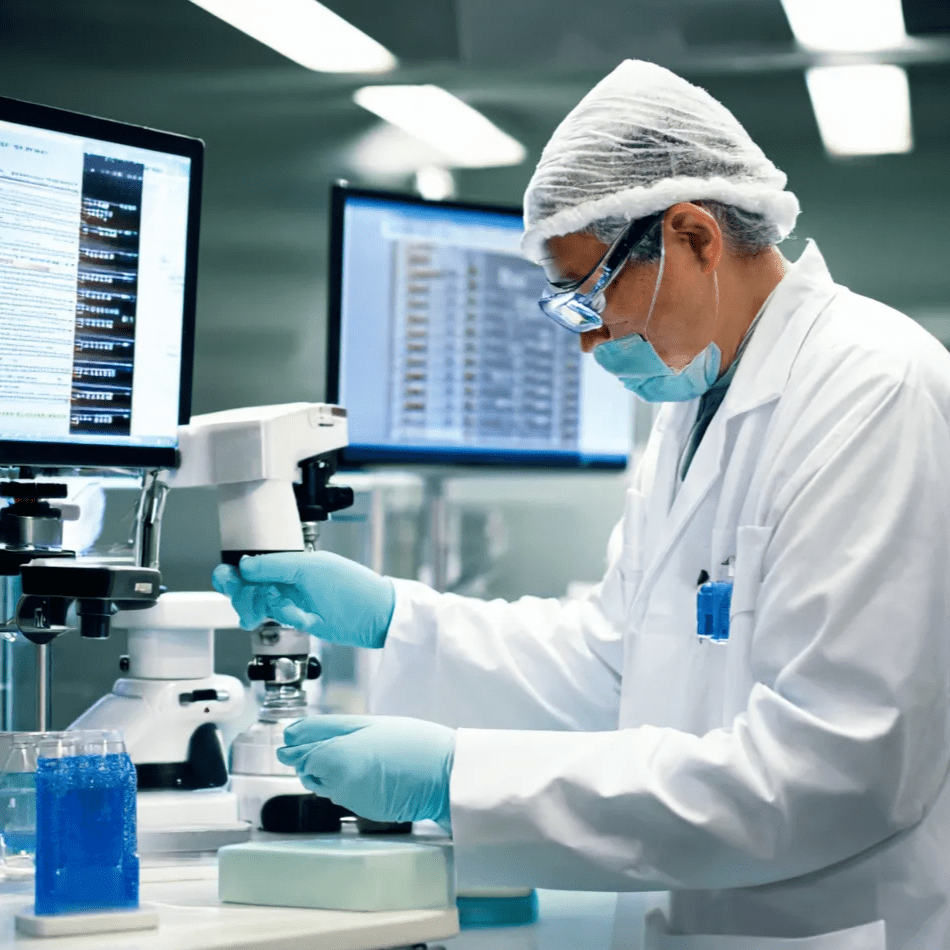

Related Examinations
The first visit is usually to the Department of Breast Surgery. If there is distant metastasis, it is usually to the Internal Medicine Department of Oncology or the Internal Medicine Department of Breast.
Breast cancer related treatment
Medication
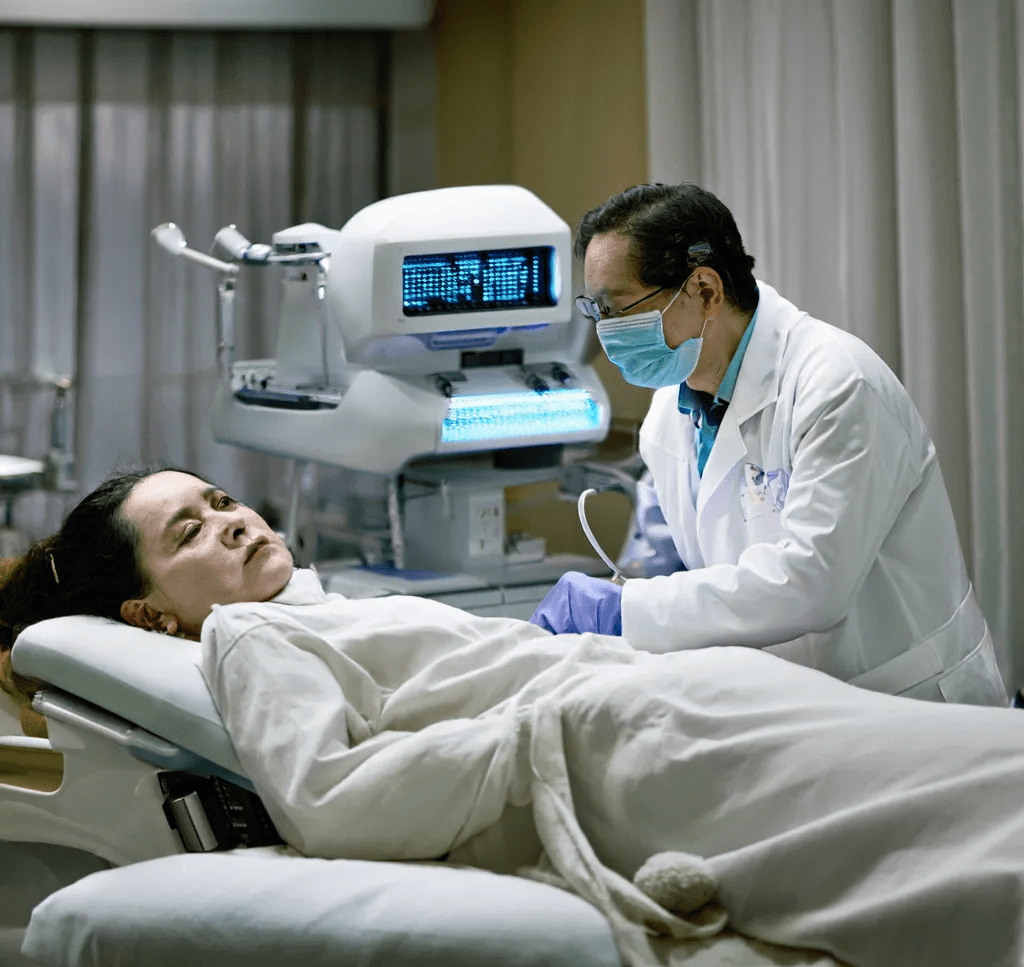
Adjuvant chemotherapy
Neoadjuvant chemotherapy
Endocrine therapy
Prognosis of breast cancer
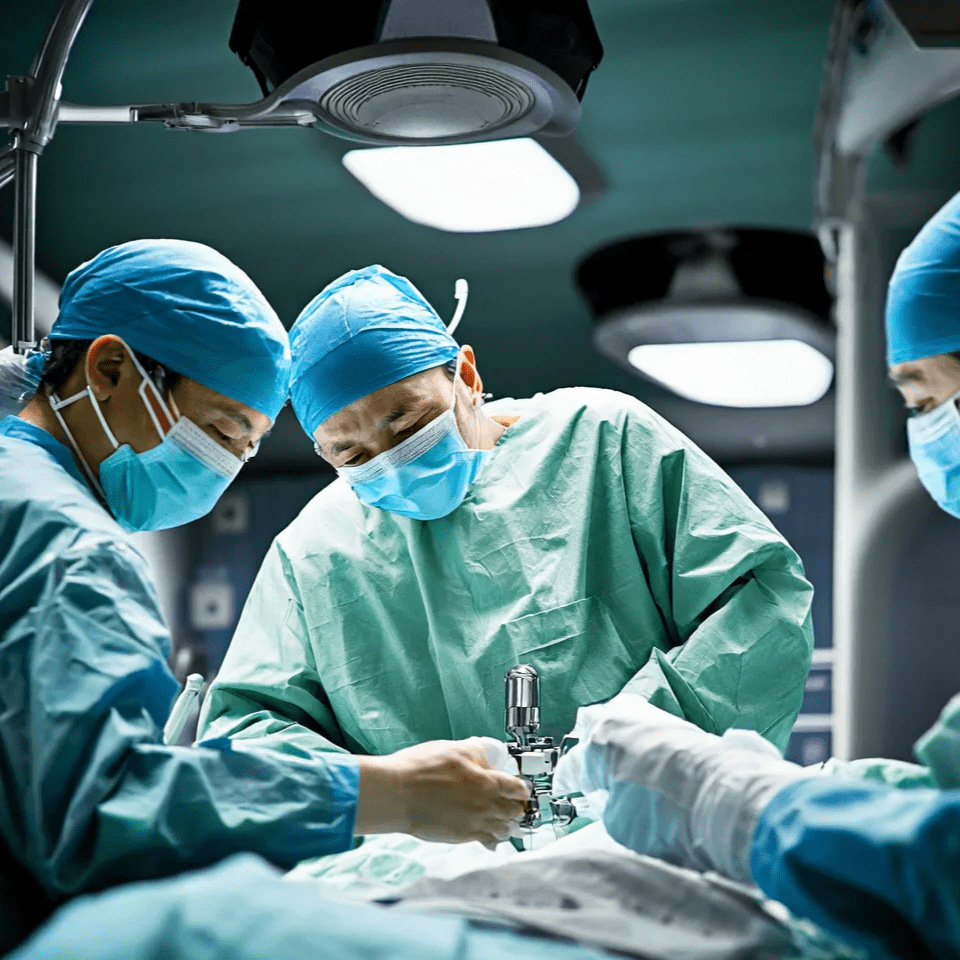
Disease Prognosis
The prognosis of breast cancer is closely related to the stage of disease development. The earlier the disease is discovered, the greater the chance of survival within 5 years.
According to statistics from the International Cancer Organization, the 5-year relative survival rate of breast cancer patients is 89.9%, of which the 5-year survival rate of carcinoma in situ is 98.8%, the 5-year survival rate of early invasive cancer is 85.5%, while the 5-year survival rate of invasive cancer with distant metastasis is only 27.4%.
Complications
- The most common complications after surgery include: Hemorrhage under the skin flap, skin edge necrosis, subcutaneous effusion, upper limb lymphedema, etc.
- Common complications of chemotherapy include: Gastrointestinal reactions (such as nausea, and vomiting), bone marrow suppression, cardiac toxicity, severe hair loss, oral mucosal bleeding, low immunity, etc.
Related articles
st agatha breast cancer prayer
St. Agatha's Breast Cancer Prayer serves as a spiritual support mechanism, offering solace and stren
mens breast cancer shirt
Men's breast cancer T-shirts are created to increase awareness about this uncommon disease. These T-
long island breast cancer rate
Breast cancer incidence on Long Island is a health issue of public concern. Statistical data indicat
youth football breast cancer socks
Youth soccer breast cancer socks are a unique athletic accessory created to heighten awareness and p
breast cancer walk orlando 2023
The Orlando Breast Cancer Walk 2023 is a community-driven initiative designed to heighten awareness
lobular breast cancer images
Lobular breast cancer typically presents in imaging as masses of irregular shapes with indistinct ma
youth breast cancer awareness socks
Youth breast cancer awareness socks are a social initiative product designed to heighten awareness a
breast cancer iron on patches
Breast cancer magnetic patches serve as an adjunct therapy for breast cancer, utilizing localized he
indications for neoadjuvant chemotherapy in breast cancer
Neoadjuvant chemotherapy for breast cancer is often employed to shrink tumors, facilitating surgical